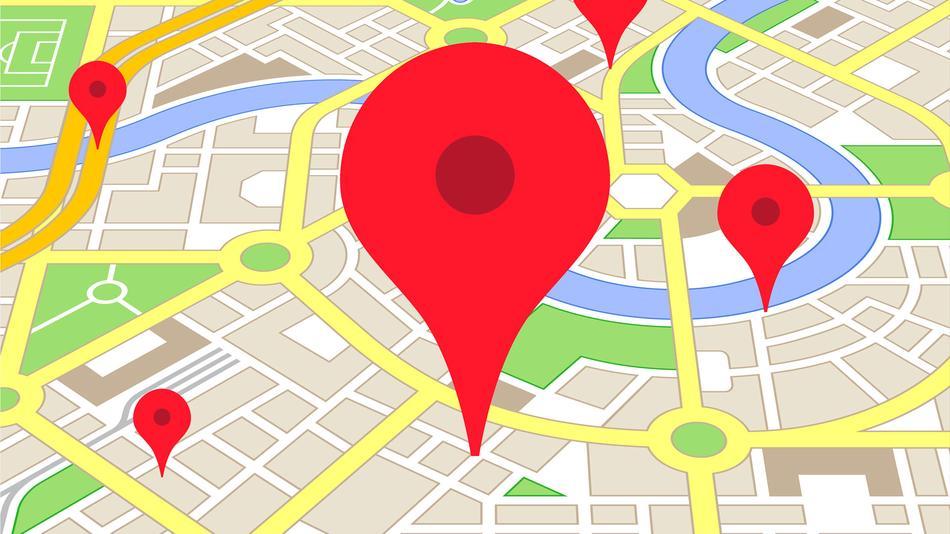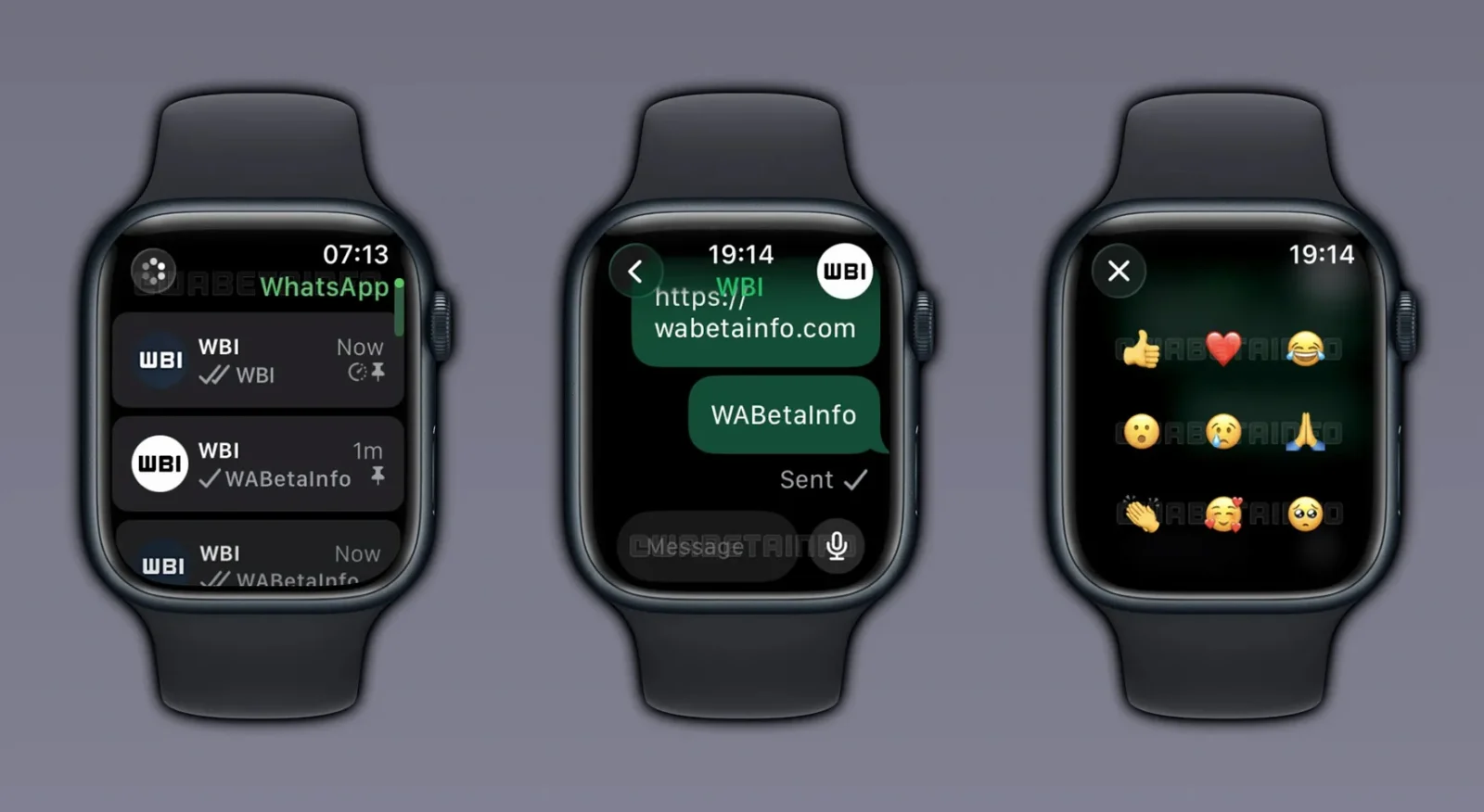Google is testing a new “Ultra Power Saving Mode” for Google Maps that aims to keep navigation running even when a phone’s battery is nearly drained. The feature, spotted in the latest Android app update, appears to strip Maps down to its most essential elements—providing turn-by-turn directions with minimal visuals and reduced on-screen activity to conserve energy.
According to an app teardown by Android Authority, the mode significantly simplifies the interface. Most map details, such as 3D buildings and background colors, are removed, leaving a black-and-white layout with only major roads and navigation cues visible. The code also suggests that users can activate the feature by pressing the power button while driving—an approach designed to reduce distractions and avoid navigating through system menus.
While Android already includes system-wide battery-saving options, this addition appears to be a dedicated in-app measure tailored for real-world navigation scenarios where users can’t risk their phone dying mid-route. The feature currently supports walking, driving, and two-wheeler modes, though there’s no sign yet of support for public transit. Early tests also indicate that it doesn’t function in landscape mode, hinting that the feature is still in an early development phase.
If released publicly, the mode could be especially useful for travelers or drivers caught without a charger, ensuring essential navigation remains functional when battery levels are critically low. It’s part of a broader effort by Google to make Maps more resilient and adaptable, following recent enhancements to offline navigation and real-time location sharing.
As of now, Google hasn’t officially announced the Ultra Power Saving Mode or offered a release timeline. The final version may differ in design and functionality once testing concludes. Still, the concept reflects a practical evolution for one of Google’s most relied-on apps — one focused on reliability over visual polish when it matters most.







